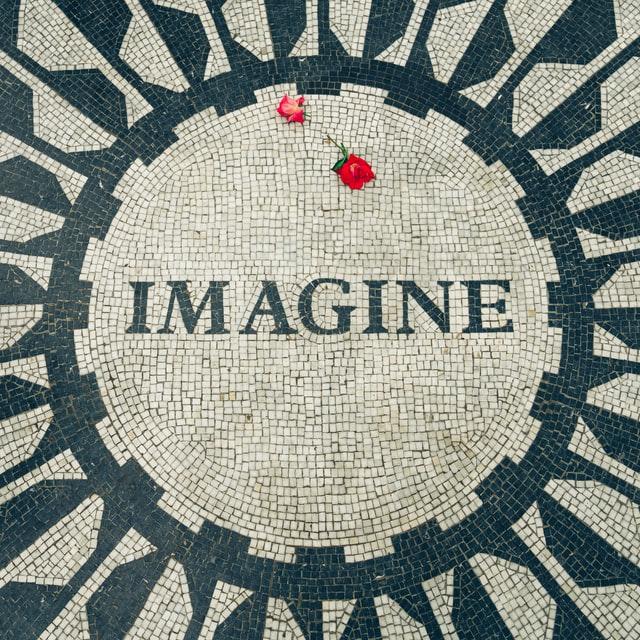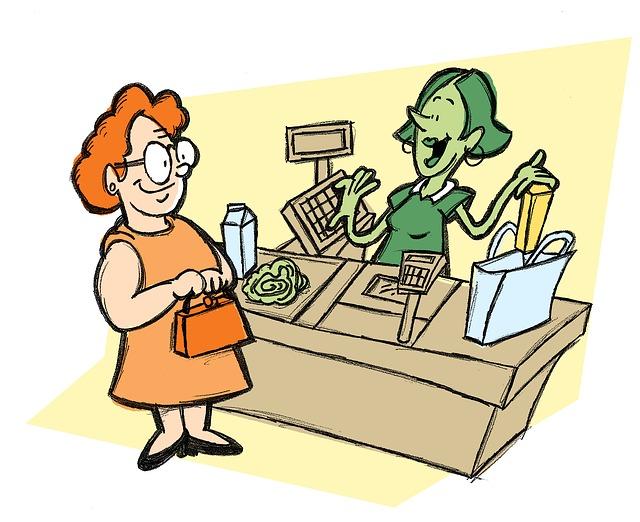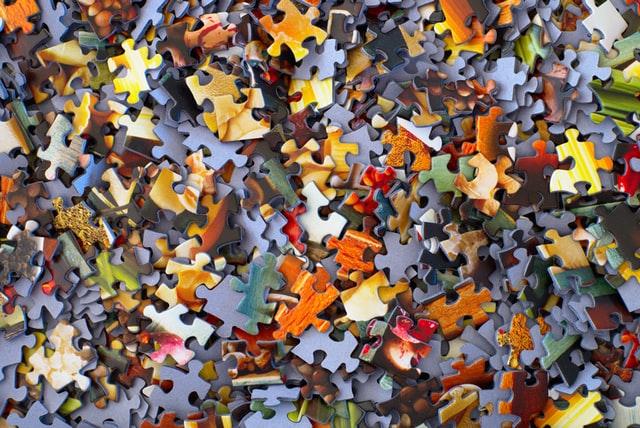Wrong Ways to Woo Nonprofit Donors
 What do you most need to sustain your nonprofit through thick and thin?
What do you most need to sustain your nonprofit through thick and thin?
A steady, reliable source of income – natch!
For most nonprofits this means loyal donors.
How do you get them?
Alas, too many nonprofits act as if all they need to do is acquire the donor; then, magically, that donor will stick with them forever. Sadly, the data shows otherwise. On average only 20% of first-time donors renew; only 43% of all donors renew. And there’s a very good reason this sorry state of affairs exists.
Most nonprofits woo donors the wrong way.
It may not happen all the time. But it happens enough. Too often, in fact. Does this look at all like the trajectory of how you handle a newly acquired gift?
- You badger the donor for gifts.
- When they give, you warehouse them in your database.
- You then send a form letter (pretending it’s personal because you use their given name and indicate their gift was earmarked for a particular purpose; in reality, most of the time you don’t know them from Adam nor do you try to get to know them beyond what they wrote on the flap of the remit envelope).
- Next, they get on your newsletter list and receive mass mailings.
- Before you know it – or know much about them — they’re getting another appeal letter.
There’s a better way.
Actively show donors love and trust. This is the best way to get them to love and trust you, and the two most important aspects of donor loyalty. Relationships that last are reciprocal. Penelope Burk, the queen of donor-centered fundraising, famously found through her research that donors’ number one desire is … please, please “show me that you know me.” If you want donors to trust you and be loyal to you, you have to trust them and be loyal to them. Simple, yes? Actually, no.
To earn trust and loyalty takes strategy. And it takes work. Mark Schaefer makes a brilliant analogy
Details

 Trust defines the credibility and legitimacy not only of your organization, but of the entire social benefit sector. Yet too few organizations make the effort to operationalize this construct into their fundraising and marketing planning.
Trust defines the credibility and legitimacy not only of your organization, but of the entire social benefit sector. Yet too few organizations make the effort to operationalize this construct into their fundraising and marketing planning.

 Giving is an emotional experience. It deserves an emotional response.
Giving is an emotional experience. It deserves an emotional response.
 One of my pet peeves as a donor is making a contribution (via a peer-to-peer request or tribute gift in honor or memory) in support of a friend; then receiving nothing but a form receipt.
One of my pet peeves as a donor is making a contribution (via a peer-to-peer request or tribute gift in honor or memory) in support of a friend; then receiving nothing but a form receipt.

 The Unfair Exchange
The Unfair Exchange